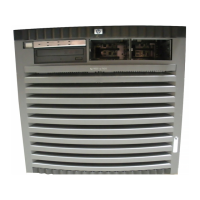Figure 1-3 System Backplane Block Diagram
System Backplane to PCI-X Backplane Connectivity
The PCI-X backplane uses two connectors for the System Bus Adapter (SBA) link bus and two
connectors for the high speed data signals and the manageability signals.
SBA link bus signals are routed through the system backplane to the CC on each corresponding
cell board.
The high speed data signals are routed from the SBA chips on the PCI-X backplane to the two
LBA PCI bus controllers on the system backplane.
Clocks and Reset
The system backplane contains reset and clock circuitry that propagates through the whole
system. The central clocks drive all major chip set clocks. Therefore, these circuits represent a
system-wide single point of failure.
I/O Subsystem
The cell board to the PCI-X board path runs from the CC to the SBA, from the SBA to the ropes,
from the ropes to the LBA, and from the LBA to the PCI slots seen in Figure 1-4. The CC on cell
board 0 and cell board 1 each communicate with individual SBAs over the SBA link. The SBA
link consists of both an inbound and an outbound link with an effective bandwidth of
approximately 1 GB/sec. The SBA converts the SBA link protocol into “ropes.” A rope is defined
as a high-speed, point-to-point data bus. The SBA can support up to 16 of these high-speed
bi-directional rope links for a total aggregate bandwidth of approximately 4 GB/sec. Each LBA
acts as a bus bridge, supporting either one or two ropes and capable of driving 33 Mhz or 66
Mhz for PCI cards. The LBAs can also drive at 66 Mhz or 133 Mhz for PCI-X cards.
Introduction 19

